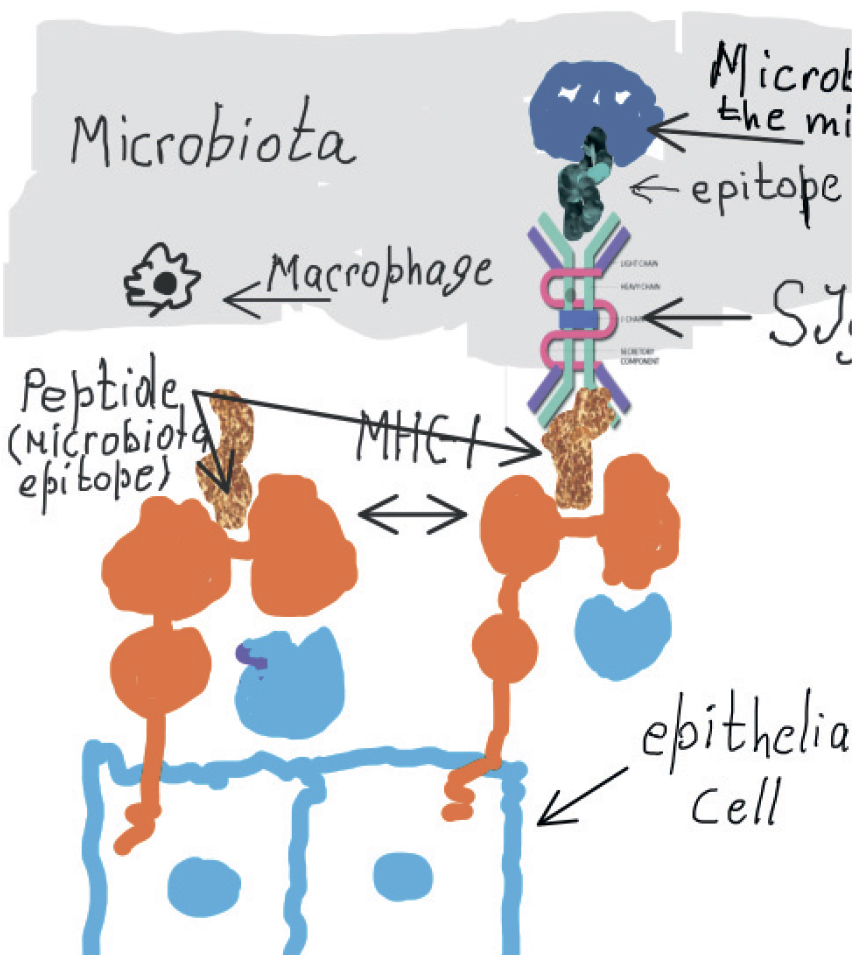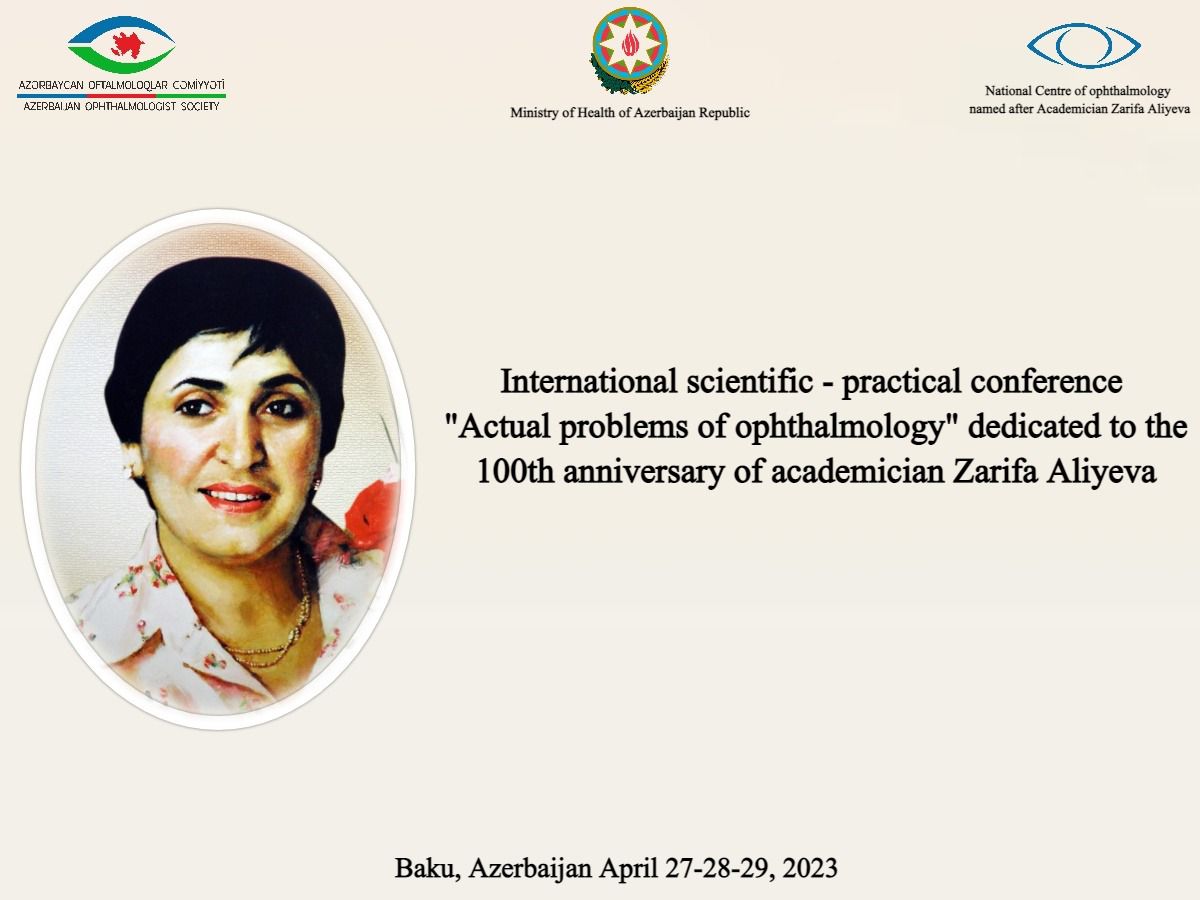A new theory of the emergence of eye diseases based on the imbalance of human microbiota. A critical review of the literature
Abstract
Purpose: Based on a critical review of the literature, as well as our own research and observations on the causes of eye diseases (dry eye syndrome, glaucoma, retinal diseases, optic neuropathy), we propose a new hypothesis about the role of microbiota imbalance in the development of both ocular and systemic diseases. This review attempts to move away from the existing reductionist approach. It attempts to explain that the laws of Chaos underpin systemic medicine.
Conclusions and importance: From the new perspective of Chaos, the emergence of all human diseases, particularly eye diseases, is considered.All cells in the body are arranged in the form of fractals. In diseases, the fractal structure of cell arrangement is disrupted.
The basis for the emergence of diseases and the disruption of the fractal structure of cells lies in the imbalance between the epithelial cells of humans that come into contact with the external environment, the microbiota, and the surrounding immunoglobulins. This symbiosis between mucosal cells, microbiota, and immunoglobulins is called the “triumvirate,” by analogy with ancient Roman history.
This triumvirate regulates all organs and tissues of the body. This entire system represents a “clinical attractor.” The term “clinical attractor” re lects the idea of a self-sustaining system where interactions between the microbiota, mucosal membranes, and surrounding antibodies regulate various tissues in the body.
There are ive clinical attractors in the body: gut attractor, urogenital attractor, respiratory attractor, ocular attractor, and aural attractor.
It is hypothesized that peptides on the surface of MHC-1 of somatic cells are epitopes of the microbiota. Each cell of an organ or tissue in the human body has MHC-1 on its surface, which is an epitope of a speci ic microbiota. The speci ic antigenic determinant of the microbiota on the cells of the conjunctiva, choroid, and retina depends on the evolutionary history of that speci ic tissue.
For example, a peptide associated with MHC-1 cells of the optic nerve and visual tract is characteristic of the ocular microbiota. Restoring the balance between the ocular microbiota and the surrounding antibodies can stop the progression and improve the visual functions of patients with optic nerve atrophy.
This theory provides a new perspective on the origin and treatment of all human diseases.





